ADHD Tool Tip: Reduce Decision-Making Part 1, Clothing
This post is a continuation of my series of recommended ADHD tools. I typically avoid making recommendations to my coaching clients, because one particular solution isn’t the key for everyone. Each person experiences the challenges of ADHD in his or her own unique way. That acknowledged, I understand that knowing what has worked for others can reduce the overwhelm of finding something that will work for you.
An aspect of daily life many of my clients find overwhelming is choosing what to wear each day. It can be the source of a great deal of stress. They describe themselves standing in their closet door staring at their clothes, or, even more commonly, standing in the laundry room over a basket of unfolded laundry, and losing so much time in the morning trying to pick out something to wear. They become paralyzed by the pressure to make a decision. Ugh.
We can really help our brains function better and improve our time management if we reduce decision-making pressure in the moment. In other words, mornings will be easier and we’ll move a little faster if we’ve made the “what to wear” decision in advance, in a period when time pressure was not an issue. What’s also helpful is setting ourselves up to not have to repeat the advance decision-making over and over again.
Two ways my clients have solved this:
- Creating a “uniform” for work.
- Creating standard “outfits” for each day.
A work “uniform” combines basic pieces and colors worn together each day of the week. Accessories can be added to spice up the uniform if/when it becomes boring.
An example of a work uniform is paring black pants with a white blouse. My favorite go-tos are Lysse pants, like the black ponte pants pictured here (wearing Lysse pants is like secretly wearing comfy yoga pants), and a top that resists wrinkles, like this Grace Karin blouse. If you want a uniform that looks slightly different each day, get multiple blouses in the same color but different style or visa versa.
Maybe you prefer to plan and simplify what-to-wear using clothing you already have in your closet (or laundry basket). This means taking time to assess what you own to coordinate outfits that appeal to you and make you feel good when you’re wearing them. Then group them together in your closet for easy pull, dress, and go mornings.
A few tools to put together planned outfits include space-saving hangers, hanger connector hooks, and tags. Use the
hanger connector hooks to group items of clothing together, then use labeled tags on the clothes rod or the hanger groups to designate a day of the week, such as “Monday Week 1.” I like the tags shown here because I can write on them or use the tags included with them.
If you’d like to try using products in this post, clicking on any of the highlighted words or the picture will take you to Amazon. As an Amazon Associate, I earn on qualifying purchases. The items in this post and the others in this series are shared as useful suggestions and meant to help generate ideas and/or provide a potential way to move forward. No one solution will work for every person. Experiment with what makes sense for you.
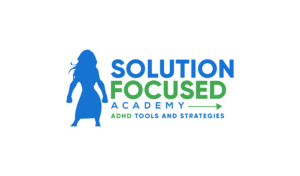

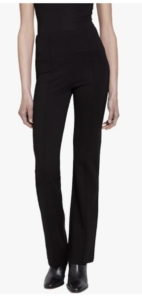
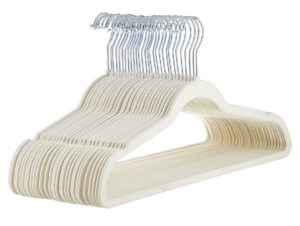
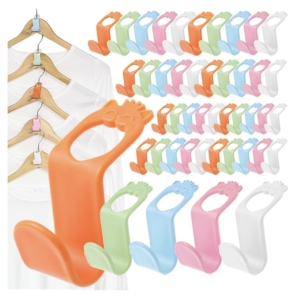
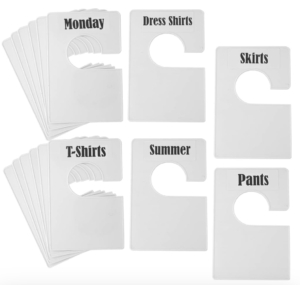
 nts, ideas, and commitments. She also came to coaching shouldering an abundance of shame for how she had not followed through with these things or accomplished them in the way she believed she should. The slump of her shoulders signaled defeat. She felt it in her brain and her body. “I should be on top of this stuff,” she said. “I should just make myself do it. Other people don’t have any trouble getting life done.”
nts, ideas, and commitments. She also came to coaching shouldering an abundance of shame for how she had not followed through with these things or accomplished them in the way she believed she should. The slump of her shoulders signaled defeat. She felt it in her brain and her body. “I should be on top of this stuff,” she said. “I should just make myself do it. Other people don’t have any trouble getting life done.”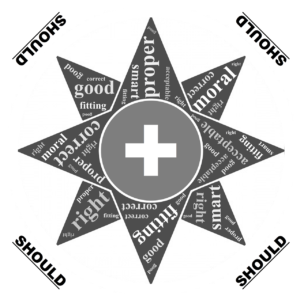
 ooked away as she struggled to untangle what she really wanted from what shethought she should want. As we talked it through, she allowed herself to get curious about how she moves through the world and the value in her way of doing things.
ooked away as she struggled to untangle what she really wanted from what shethought she should want. As we talked it through, she allowed herself to get curious about how she moves through the world and the value in her way of doing things.
 e and our abilities have not only led us to this optimal performance, but they will also maintain us here, or we fear that making any movement will disrupt the balance of things and cast us into a pit of doom. Sometimes these two oppositional forces exist within us at the same time.
e and our abilities have not only led us to this optimal performance, but they will also maintain us here, or we fear that making any movement will disrupt the balance of things and cast us into a pit of doom. Sometimes these two oppositional forces exist within us at the same time.